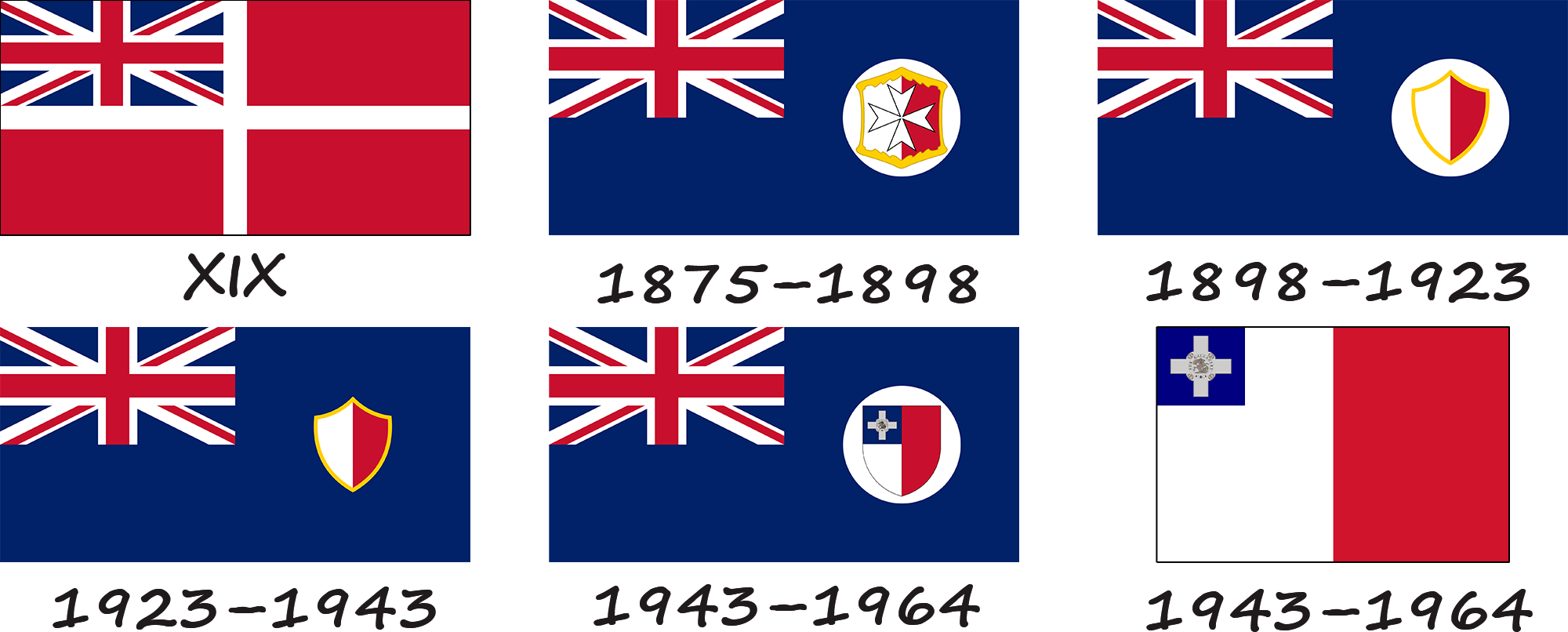The flag of Malta is a flag of beauty, history and nationality. It consists of white and red colors and a cross in the upper left corner.
The flag of Malta is a flag of beauty, history and nationality. It consists of white and red colors and a cross in the upper left corner.
The red and white was based on the colors of the Knights of Malta, who wore them as part of their uniform. The white stripe is at the top of the flag, while the red stripe is at the bottom.
The Maltese flag also has a very important symbol in the upper left corner. This is the St. George's Cross, which is of great importance to the nation. The St. George's Cross represents the bravery and perseverance that the citizens of Malta demonstrated during the war. Malta was vastly outnumbered and bombed. Many people fled from Malta just before the outbreak of the war and received news of the deaths of their friends and relatives from afar.
The Maltese flag was officially introduced in 1964 and remained unchanged even after independence in 1971. The motto, which can be read on the inside of the St. George's Cross, reads: "For Gallantry". This motto was and still is a very important call to arms for the nation. The Maltese are extremely patriotic and proud to have withstood all the odds. The Maltese flag is the biggest symbol of motivation. Sports teams, musicians and, of course, ordinary citizens hold the flag with pride and respect.
There is a legend that the colors of the Maltese flag were given to the Maltese by Count Ruggiero when he liberated them from the Arab rulers in 1091. Many people believe this, but it is not true. This story was spread in the mid-19th century and has never been officially confirmed. There is not a single reliable document from that time that would indicate the existence of a flag with red and white colors. In addition, Malta did not have its own flag for many centuries, as it was under the rule of foreign powers. They, of course, did not allow the Maltese to have their own national symbol. Therefore, the question of how and when the Maltese flag was created remains open.
The image of white and red colors first appeared on two panels of a polyptych dedicated to St. Paul in the Cathedral of Mdina. The image of white and red colors is very common in countries that have a Catholic religious heritage and significance for identifying the cultural and historical heritage of the area. The white and red flag was raised by the Maltese in Mdina when they rebelled against the French. These colors probably represent the Mdina authorities. During the rule of the Order, a flag with a white cross on a red background was used in Malta, so it is possible that the flag depicted in Mattia Preti's drawing represents only the Council of Mdina, which had the right to raise this flag.
During the nineteenth century, the Maltese did not fly their flag on buildings, as it was considered disrespectful to the British monarchy. During this period, the people showed no desire for independence, but at the end of the century, interest in Malta's national symbols began to grow. This was caused by the increase in writing and political disputes between the two factions that affected the local culture. Some people realized that Malta needed a sense of nationalism. Thus, the idea of having its own Maltese flag emerged in the late nineteenth century.

In 1895, it was proposed to include the heraldic arms of Malta on the Union Jack, which symbolized the British colony of Malta. However, no official coat of arms of Malta was confirmed at that time. Therefore, several variants of the arms and flag were proposed, including a sword with the cross of the Order and a shield divided into two colors - white and red. In the early years of the twentieth century, images of the white and red Maltese flag appeared. In 1898, a newspaper published Manuel Dimech's poem "The Flag of Malta". The text briefly describes the history of the Maltese flag. Starting with the raising of the British flag on the buildings of administrative institutions, and when the Maltese showed their solidarity with the national assembly and protested against the British administration by raising white and red flags. After gaining autonomy in 1921, Malta began to fly the Maltese flag only during public holidays alongside the British flag. In 1942, King George VI recognized the Maltese for their bravery during World War II by awarding them the Cross of St. George. Finally, in 1964, the St. George's Cross was officially incorporated into the Maltese flag, after independence.